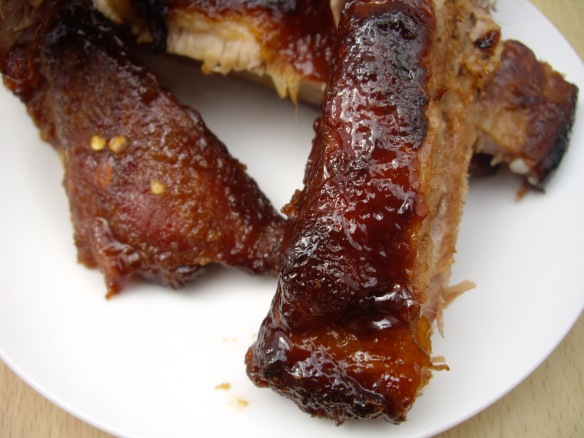Are food bloggers only writing to fuel their inflated egos? I think not, but I did read a very aggressive post while checking out some food-related blogs recently. The blogger was angry at food bloggers who wanted nothing more than to show off about what they were eating, where they were eating and how skillful they were in the kitchen. Fair enough, nobody wants to read a blog full of boasting, but sadly the writer of this post did not believe that people were genuinely passionate about food. In fact, he said that the only types of food blog that he could possibly permit were those written by experts in the field, or those that provided recipes for people with special dietary requirements. Thankfully, I do cater for those with special requirements. In fact, I’m sure that many of the loyal readers of this blog are butter and sugar-dependent just like me.
Well, there’s only so much negativity I can put up with and it wasn’t long before I’d stumbled across a much more interesting article about the proposed Kingdom Tower in Jeddah that could exceed a kilometre in height! Yeah, that’s gonna need some serious window cleaners. Now, if we’re talking about self-aggrandisement, surely there is no greater project that exemplifies this. It seems such a waste. All that work and cost for another Four Seasons hotel? Instead, why not get hold of some cherry jam and some puff pastry and construct a tower made of cherry turnovers? I did! Okay, it didn’t create any jobs and the impact on the economy was negligible, but boy is that cherry jam putting a smile on my wife’s face!
Cherry & marshmallow turnovers
1 block puff pastry (500g)
1 jar cherry jam
80 mini marshmallows
1 egg
coarse white sugar
This is such an easy recipe. Looking for inspiration and a way to use up the frozen pastry I had, I spotted a jar of unopened Morello cherry jam. Turnovers sprang into my head, but suddenly, a little food blogger with mini devil horns appeared on my shoulder and hissed, “You’re so obvious!” I was incensed and let my eyes dart around the cupboard shelves for more ideas. “Aha! Mini marshmallows! Not so obvious now, am I?” Of course, there was nobody there; just me and some marshmallows, so I got on with the task in hand and tried hard to remember when exactly I first started talking to that little shoulder blogger.
Preheat the oven to 180 degrees Celsius. Cut the defrosted pastry block into four equal pieces. Lightly flour your work surface and gently roll out one of the pieces until it is quite thin (less than a centimetre thick). Cut it into four squares. Put a tablespoon of jam in the middle of the square. Place about five mini marshmallows on the jam. Beat the egg in a small bowl and then brush it around the edges of the square. This will help to seal it. Pull one corner over to meet the opposite corner and seal the edge by pressing with a fork. This will create little ridges around the edge and you’ll have a smooth little triangular parcel.
Repeat these steps and then place the parcels on a foil-lined baking tray. Brush each turnover with the egg wash and sprinkle lots of course white sugar onto them. Using a sharp knife, make a couple of slits on the top to allow steam to escape during baking. Bake in the centre of the oven until golden. This should take no more than twelve to fifteen minutes. Let the turnovers cool properly before biting into one. Hot jam is painful!
I managed to make sixteen turnovers. More than enough to make a tower. It’ll never be a kilometre high, but the view (and the smell) from the top was much better than any skyscraper. It’s amazing what I’ll do to entertain myself. Feel free to just enjoy your turnovers with a coffee and don’t feel pressured to construct pastry fortifications. However, if you feel compelled to make a tower and it turns out to be bigger than mine, I promise not to try to beat it. Promise!














































